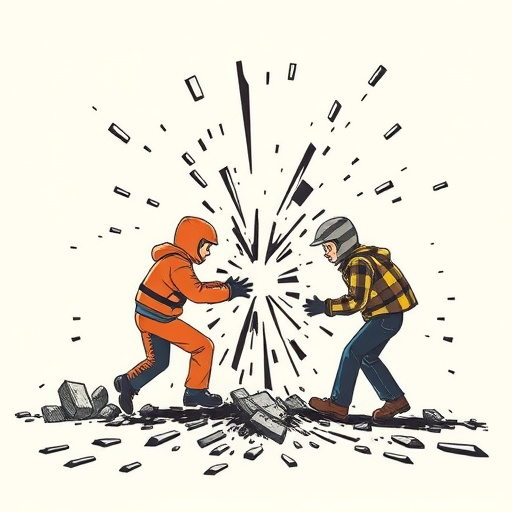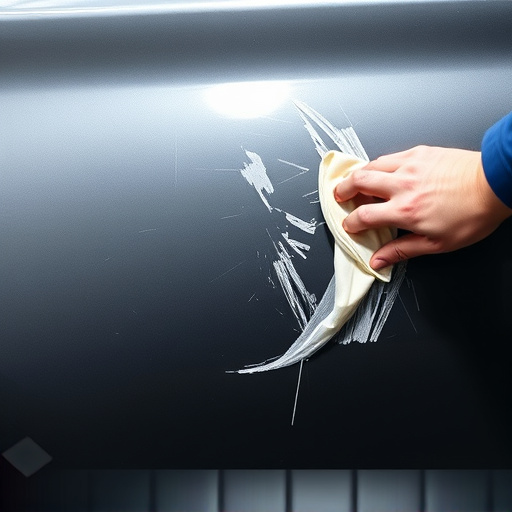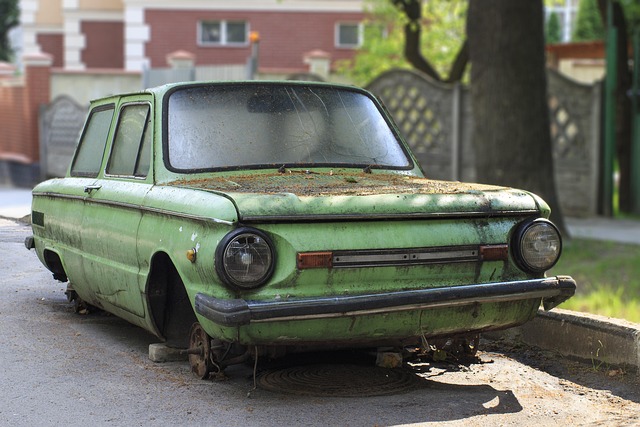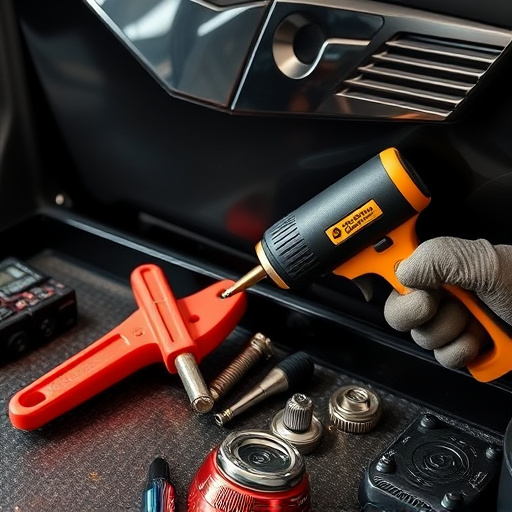Category: diminished value after repair
Diminished Value After Repair: Navigating the Complexities and Shaping the Future
Introduction
In the intricate world of asset valuation, the concept of diminished value after repair has emerged as a critical factor influencing decision-making across various sectors. This phenomenon refers to the reduction in an asset’s value following a repair or restoration process, often resulting from the age, history, or unique characteristics of the asset itself. The impact of diminished value can be profound, affecting everything from real estate transactions and insurance claims to legal disputes and investment strategies. This article aims to provide a comprehensive exploration of this complex topic, offering valuable insights for professionals, researchers, and anyone interested in understanding the intricate relationship between repair, time, and asset depreciation.
Understanding Diminished Value After Repair
Definition and Core Components
Diminished value after repair is a term used to describe the decrease in an asset’s market value after it has been repaired or restored, often returning it to its pre-damage condition or even beyond. This concept takes into account various factors that may contribute to an asset’s reduced worth post-repair:
- Age and Obsolescence: As assets age, their value naturally declines due to technological advancements and changing consumer preferences. Repairs might extend the lifespan but cannot entirely reverse this trend.
- Historical Significance and Uniqueness: Some assets gain historical or cultural value over time, making them more precious. However, repairs may alter their original state, potentially impacting their collector’s value or aesthetic appeal.
- Repair Quality and Visible Scars: The visibility of repair marks or the quality of restoration can influence an asset’s perceived value. Major repairs often leave physical reminders, which might deter buyers or affect insurance appraisals.
- Market Dynamics and Demand: The demand for specific assets fluctuates with time, and repairs may not align with current market trends, leading to a discrepancy between repair costs and potential resale value.
Historical Context and Significance
The concept of diminished value has been recognized for centuries, especially in fields like antique appraisal and insurance underwriting. However, its formal study gained momentum in the late 20th century as asset valuation methods became more sophisticated. The rise of specialized repair techniques and the global market for restored assets have further highlighted the need to understand and account for diminished value. This phenomenon is particularly relevant in industries such as:
- Antique Restoration: Where the age, originality, and history of an item are integral to its value, repairs must be discreet and preservation-focused.
- Automotive Sector: Classic car enthusiasts often face challenges in justifying the cost of full restoration when market trends may not support the expected resale value.
- Real Estate: Homeowners and investors consider repair costs against potential property values, especially when dealing with historical or unique buildings.
Global Impact and Trends
International Influence
The impact of diminished value after repair is a global phenomenon, but its perception and handling vary across regions:
- North America and Europe: These regions have well-established insurance industries and consumer protection laws that often address diminished value. Appraisers and adjusters are trained to consider the unique history and characteristics of assets.
- Asia Pacific: The rapid growth of restoration and repair services in countries like Japan and South Korea has led to a more nuanced understanding of asset preservation and its monetary value.
- Emerging Markets: In regions with limited regulations, the concept may be less defined, leading to potential disputes over repair costs and asset valuation.
Regional Trends
| Region | Key Trends | Notable Developments |
|---|---|---|
| North America | Focus on specialized restoration techniques for luxury goods. | The rise of online marketplaces for restored antiques attracts both buyers and sellers globally. |
| Europe | Stricter regulations on historical preservation, impacting repair practices. | European Union directives ensure standardized appraisals for cultural heritage assets. |
| Asia Pacific | Increasing demand for traditional art and craft restoration. | Japan’s “Intangibles Cultural Property Act” protects the value of restored artifacts. |
| Middle East | Unique approaches to preserving historical architecture. | Dubai’s restoration of traditional Arab homes attracts tourists and fosters cultural pride. |
Economic Considerations
Market Dynamics and Investment Patterns
Diminished value after repair has significant implications for economic systems:
- Supply and Demand: Repaired assets may enter the market at a time when demand is waning, leading to price pressures.
- Investment Strategies: Investors in antique or real estate markets must consider the potential impact of repairs on asset values. Diversification and careful timing can mitigate risks.
- Market Transparency: Online platforms provide transparency but also create challenges in verifying the history and condition of restored assets.
The Role in Economic Systems
- Insurance Sector: Insurers assess diminished value to set repair costs and replacement policies accurately, ensuring fair settlements.
- Real Estate Market: Homeowners may underestimate or overestimate repair costs, affecting their decisions on renovations versus replacements.
- Heritage Preservation: Governments invest in restoring historical sites, but the economic viability of these projects must consider long-term maintenance and tourist appeal.
Technological Advancements
Innovations Impacting Diminished Value Assessment
Technological progress has both simplified and complicated the landscape of diminished value after repair:
- Digital Imaging and 3D Scanning: These tools enable detailed documentation of assets before and after repairs, aiding in dispute resolution and insurance claims.
- Advanced Materials and Techniques: New restoration methods can restore assets to near-original condition, increasing their perceived value but also leaving subtle marks that may affect future appraisals.
- Blockchain Technology: Promising to provide an immutable record of asset history, blockchain could revolutionize the verification process, making it easier to trace repairs and their impact on value.
Future Potential
As technology evolves, we can expect:
- AI-Assisted Appraisals: Artificial intelligence algorithms might analyze vast datasets to predict diminished value more accurately, streamlining the assessment process.
- Virtual Reality Restoration: Immersive technologies could allow for virtual repairs and modifications, providing a new perspective on asset preservation.
- Digital Twins: Creating digital replicas of physical assets offers a way to monitor their condition and predict future value changes.
Policy and Regulation
Governance and Influence
Policies and regulations play a pivotal role in shaping the landscape of diminished value after repair:
- Insurance Industry Standards: Regulatory bodies set guidelines for insurance companies, ensuring consistent treatment of diminished value claims.
- Cultural Heritage Protection: Many countries have laws preserving historical assets, dictating strict standards for restoration to maintain their integrity.
- Real Estate Guidelines: Local governments provide regulations on property repair and renovation, influencing investment decisions and asset values.
Key Frameworks and Their Impact
| Region | Policy/Regulation | Effect on Diminished Value |
|---|---|---|
| USA | Fair Insurance Practice Act (FIPA) | Ensures insurers consider fair market value, preventing excessive charges for repairs. |
| EU | European Directive on Cultural Heritage | Standardizes appraisal methods for cultural goods, protecting their value across borders. |
| UK | Historic Buildings Conservation Act | Prescribes preservation standards for listed buildings, limiting potential diminished value. |
| Australia | National Heritage Act | Provides a framework for the protection and management of national heritage assets. |
Challenges and Criticisms
Overcoming Barriers
The concept of diminished value after repair faces several challenges:
- Subjectivity in Valuation: Determining diminished value is often subjective, especially for unique or rare assets, leading to disputes between experts.
- Lack of Standardized Methods: Consistency in assessing diminished value varies globally, affecting the comparability of repairs and their impact on asset prices.
- Ethical Concerns: Restorers may face moral dilemmas when altering historical assets, balancing preservation with economic viability.
Proposed Solutions and Strategies
- Standardization and Training: Developing standardized assessment protocols and training programs for restorers and appraisers can improve consistency.
- Digital Documentation: Implementing digital record-keeping ensures an accurate, tamper-proof history of repairs and modifications.
- Expert Panels: Creating panels of diverse experts (restorers, historians, appraisers) can provide more holistic valuations.
- Transparency and Education: Promoting transparency in the repair process and educating consumers about diminished value empowers informed decision-making.
Case Studies: Successful Applications
Real-World Examples
Case Study 1: Restoring a Historical Shipwreck
In the Mediterranean, a private collector acquired the remains of a 17th-century shipwreck. The challenge was to restore the artifact while preserving its historical integrity. A team of marine archaeologists and restorers employed advanced techniques to raise the wreck, clean it, and stabilize the wood. The successful restoration increased the ship’s value as an historical relic, attracting global interest.
Case Study 2: Vintage Car Restoration and Resale
A classic car enthusiast invested in a rare 1960s model with potential for resale. After a full restoration, the vehicle exceeded his investment, becoming a valuable addition to his collection. This case highlights the delicate balance between repair costs and potential market appreciation.
Case Study 3: The Revival of a Historic Theatre
A local community initiative restored a decaying 1920s theatre, transforming it into a thriving arts center. The project involved meticulous preservation of original architectural details and historical artifacts. Despite initial concerns about diminished value, the revitalized theatre became a cultural hub, attracting tourists and boosting local pride.
Future Prospects
Growth Areas and Emerging Trends
The future of diminished value after repair is promising, with several key developments on the horizon:
- Sustainable Restoration: Growing environmental consciousness will drive demand for eco-friendly restoration practices, focusing on material reuse and minimal intervention.
- Virtual and Augmented Reality: These technologies will offer immersive experiences, enabling potential buyers to ‘test drive’ restored assets virtually before making purchases.
- Personalized Asset Preservation: Advances in 3D printing and digital customization may allow owners to recreate unique assets post-repair, ensuring their continued value.
- Global Collaboration: Standardization efforts led by international organizations could lead to a more unified approach to diminished value assessment worldwide.
Strategic Considerations
- Data Analytics: Utilizing data analytics to predict market trends and asset values will become crucial for restorers and investors alike.
- Adaptability: Restorers must stay agile, adapting their techniques to meet evolving customer preferences and market demands.
- Education and Outreach: Continuous education and awareness campaigns can help dispel myths about diminished value and foster a deeper understanding of its complexities.
Conclusion: Navigating the Complex World of Diminished Value
Diminished value after repair is a multifaceted concept with profound implications across diverse sectors. As technology advances, global trends evolve, and consumer preferences shift, the landscape of asset valuation continues to change. Understanding diminished value is essential for professionals involved in restoration, insurance, real estate, and investment. By embracing technological advancements, implementing robust policies, and fostering transparency, we can navigate this complex world more effectively.
FAQ Section
Q: How does diminished value after repair impact insurance claims?
A: Diminished value is considered in insurance settlements to determine the fair market value of an asset post-repair. This ensures policyholders receive appropriate compensation while protecting insurers from excessive claims.
Q: Can technology completely replace human expertise in assessing diminished value?
A: While technology aids in documentation and analysis, human expertise remains crucial for complex cases. AI can assist in basic assessments, but nuanced decisions often require the judgment of experienced restorers and appraisers.
Q: Are there international standards for documenting repairs and their impact on value?
A: Efforts are being made through organizations like the International Council of Museums (ICOM) to standardize documentation practices, ensuring a more consistent approach globally.
Q: How does diminished value affect real estate investments?
A: Investors must consider repair costs and potential depreciation when evaluating property values. Well-planned repairs can increase asset value, while poor decisions may lead to losses.
Q: Can blockchain technology fully verify the history of restored assets?
A: Blockchain offers a secure record of transactions, but for complex historical assets, multiple data sources and expert verification are still necessary to ensure authenticity and diminished value assessments.
Minimizing Loss: Diminished Value After Electric Vehicle Repairs

Diminished value after repair refers to the reduced worth of vehicles post-damage and restoration, i…….
Maximizing Compensation: Negotiate Diminished Value After Repair
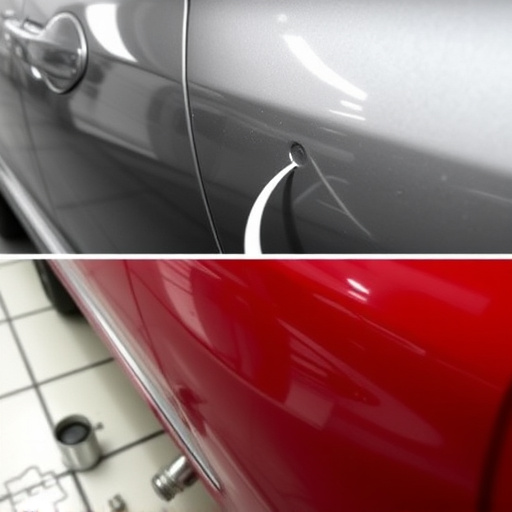
Car owners post-repair should expect potential reduced market value due to diminished value after re…….
Understanding Diminished Value After Repair: Protect Your Investment
Maximizing Compensation for Diminished Value After Repair
Understanding and Mitigating Diminished Value After Repair

Diminished value after repair occurs when vehicle damage necessitates repairs, but subpar work or vi…….
Mitigating Diminished Value After Repair for Better Trade-In

Significant vehicle repairs, including bumper replacements and car restoration, can lead to diminish…….
Vehicle Make & Model: Key to Understanding Diminished Value After Repair

Diminished value after repair significantly impacts vehicle residual values, influenced by pre-repai…….
Future of Diminished Value After Repair in Autos

This text discusses the concept of diminished value after repair in vehicles, exploring challenges a…….



